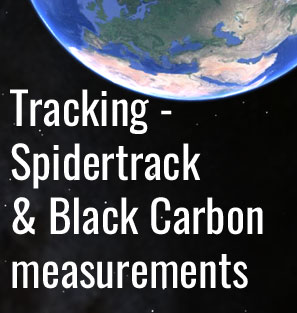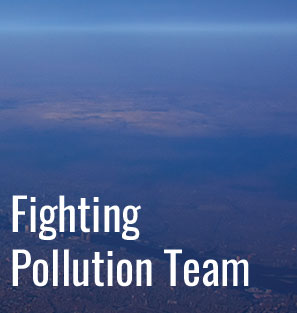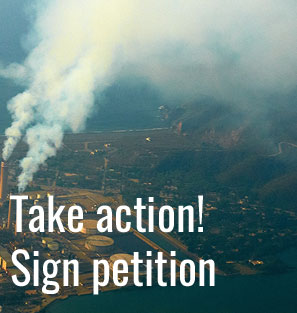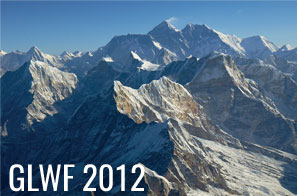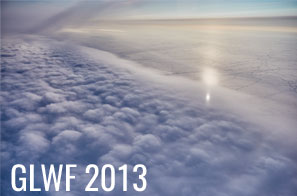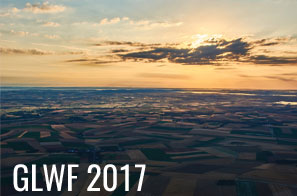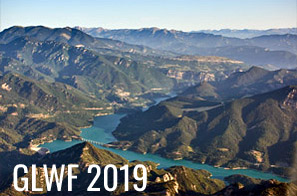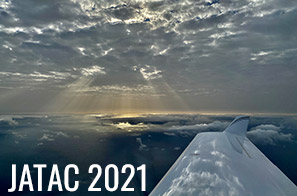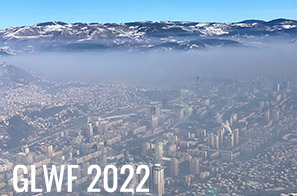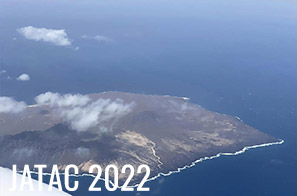
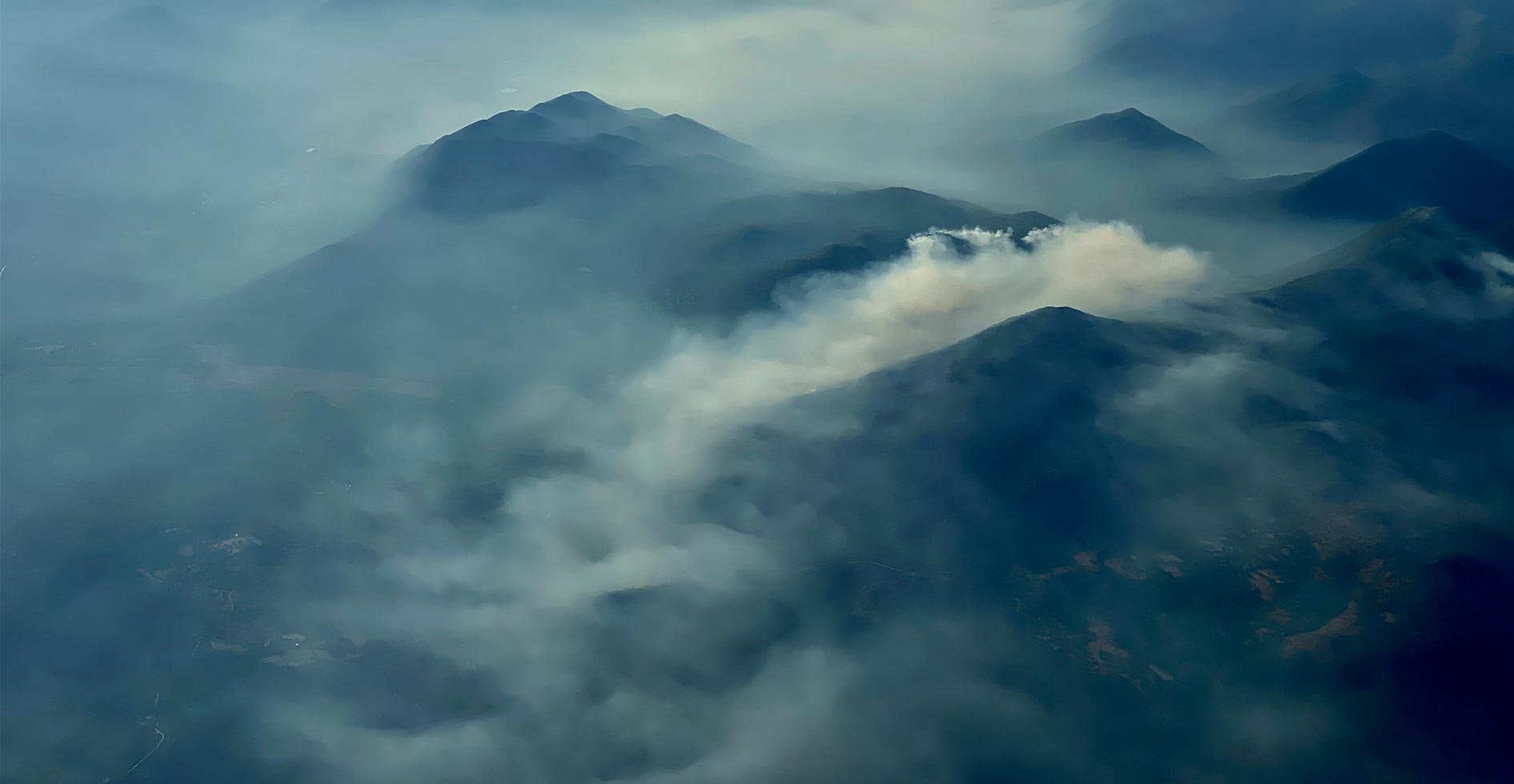
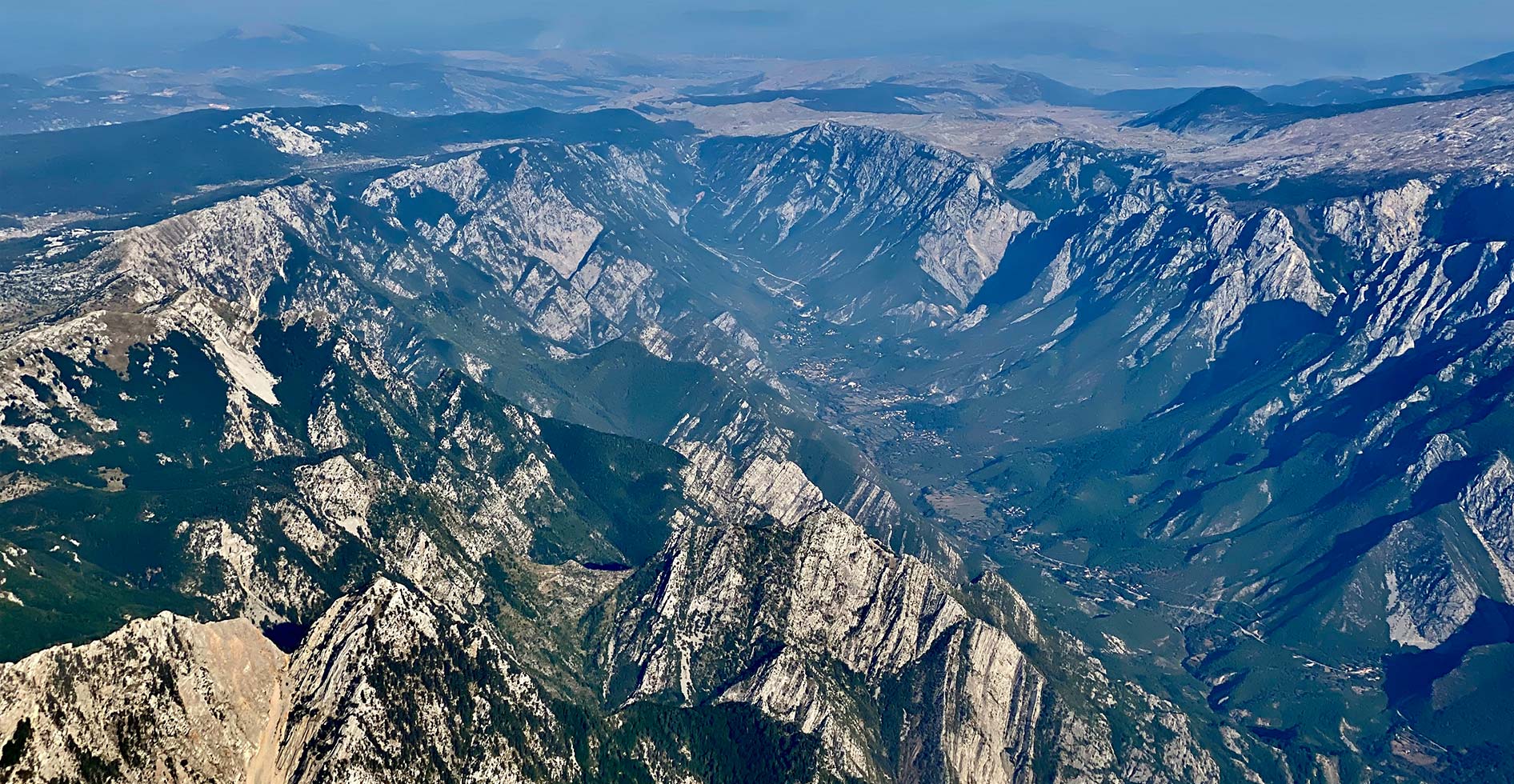
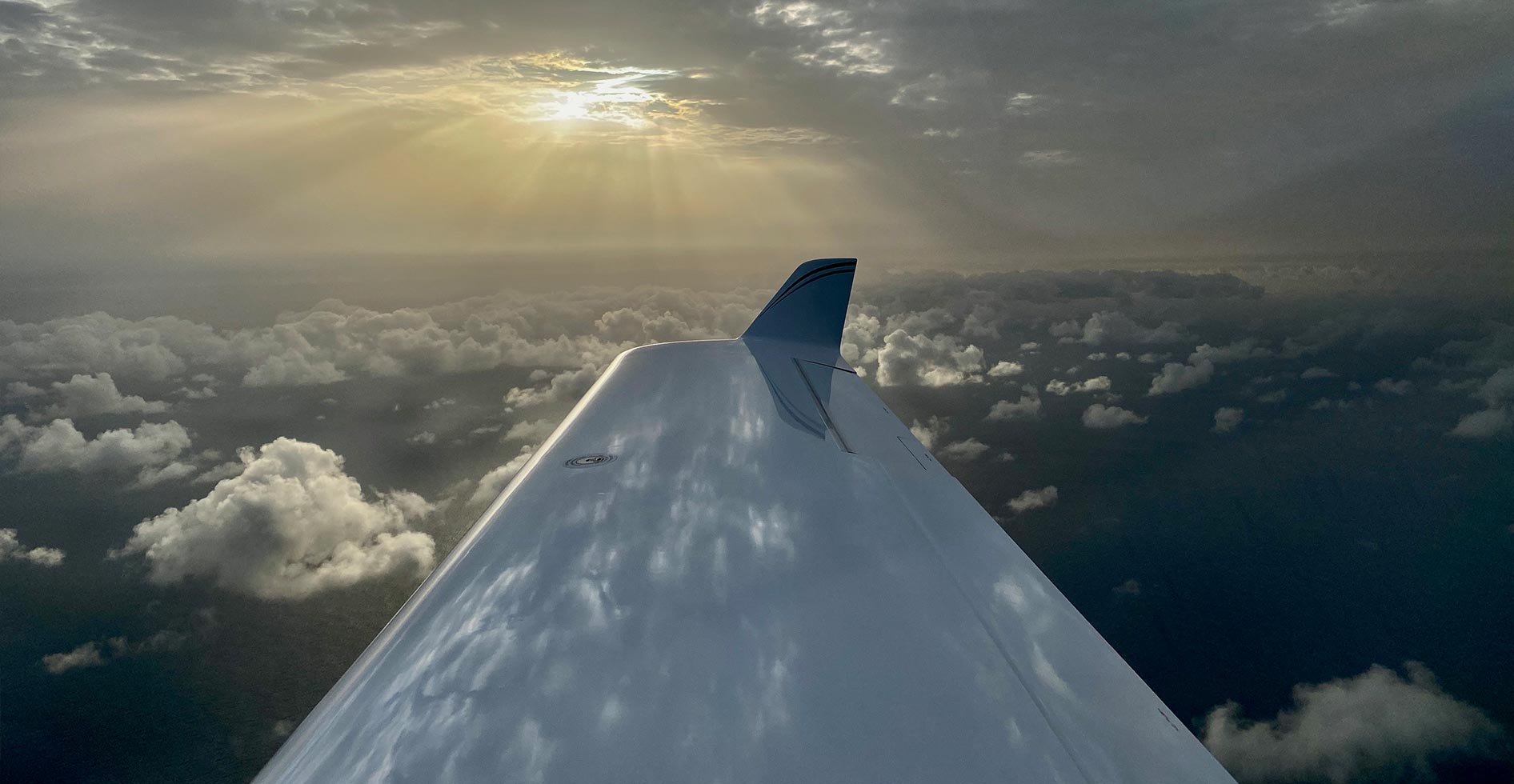


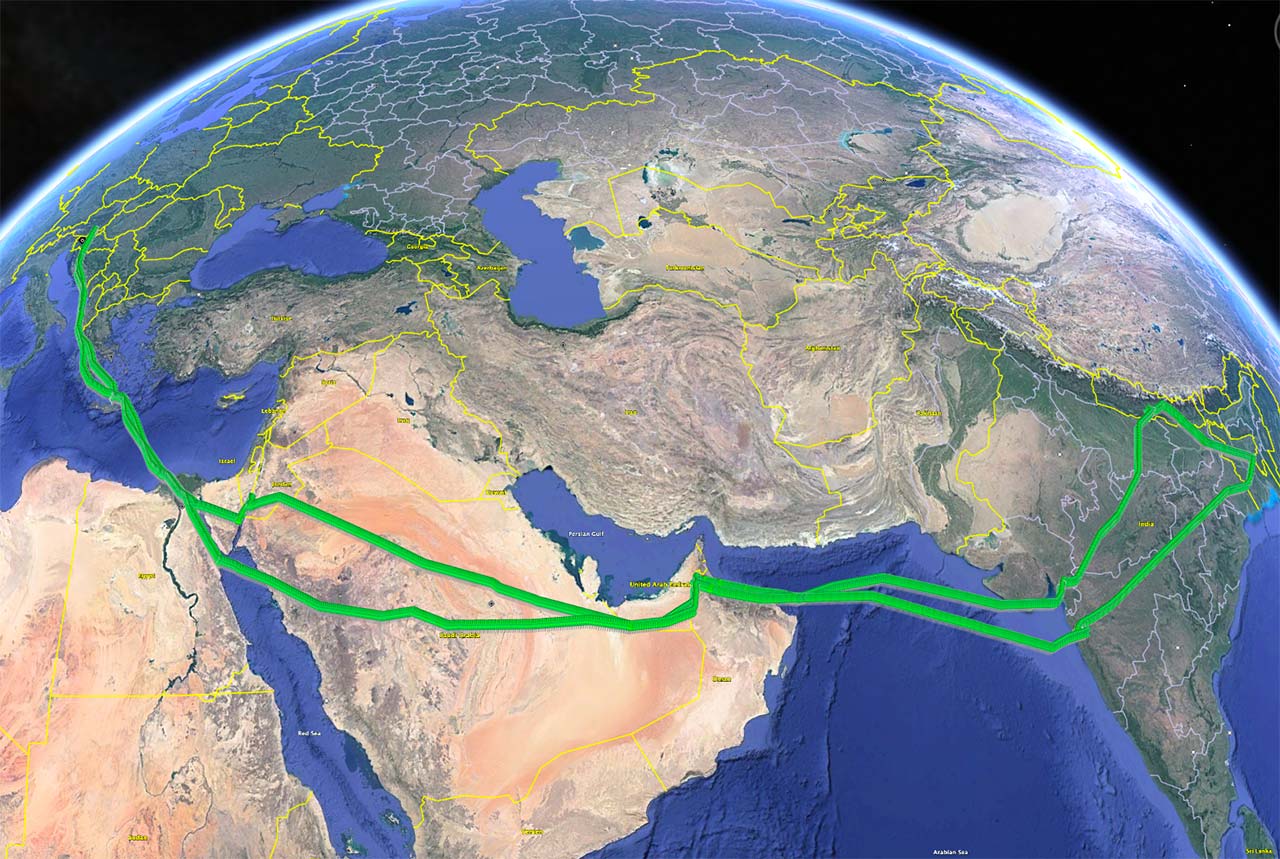
Himalaya glaciers are the source of drinking water for two billion people in the Indian subcontinent. The GLWF 2023 mission will look for evidence on the impact of black carbon transport on accelerated glacier melting.
Global warming is affecting the Himalayan glaciers as well. If the trend continues, the most pessimistic scenarios forecast their disappearance within the next hundred years. Their disappearance will trigger the demise of civilization on the Indian sub-continent, as all great rivers’ headwaters are in the Himalayas. The annual monsoon season, which is the result of complex atmospheric events, heating of the Indian Ocean and the Andaman Sea, Indian sub-continent, strong jet streams above the Himalayas, the Chinese Sea influence and the summer heating of the Tibetan High Plateau bring an extensive precipitation of snow to the mountain range, but also polluted air with a high share of black carbon. These particulates cover snow and ice areas and accelerate melting.

Pilot
Flying with light aircraft over Mediterranean, West Africa and South Atlantic is real challenge. Large uninhabited and remote areas of Sahara and Ocean, demanding logistics, bad weather, turbulence, fuel delivery, demanding overflights and landings permissions, unpredictable costs ... There is no doubt a truer research adventure.

Scientist
Measurements over large unpopulated areas of Western Sahara and Atlantic ocean in particular will help us understanding the background concentrations of Black Carbon and other carbonaceous pollutants and their contribution to climate change.
The planet Earth is getting warmer.
Black Carbon adds more than 1 W/m2 to the greenhouse effect.
Black Carbon is the second-largest contributor to global warming after CO2.
7 million people worldwide die every year due to air pollution.
Sea level is rising fast.
Biomass burning, transport and industry emit large amounts of Black Carbon into air.
- Flying distance of over 240 000 km
- Over all oceans
- Over all continents
- Airborne 1200+ hours
- Performed measurements in more than 110 countries
- Took more than 100 000 measurements
- Prepared more than 37 scientific presentations
- Published more than 29 scientific abstracts
- Over 1300 media releases and exhibitions





